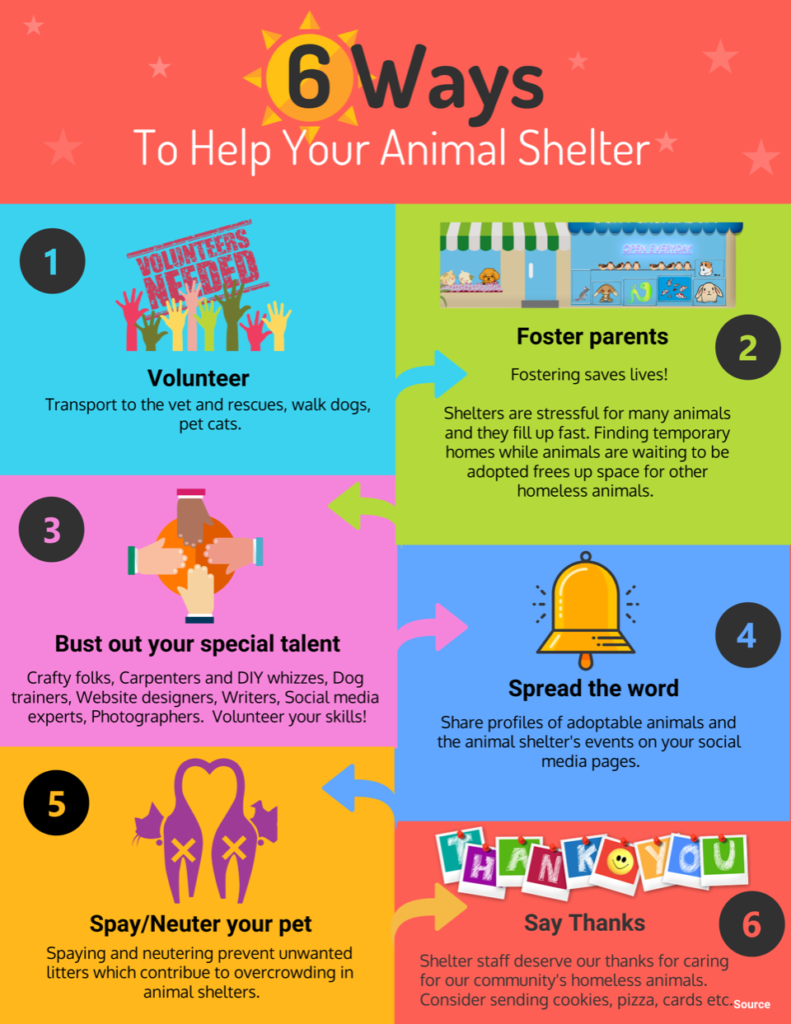By Dr. Shalini Ramsubeik
Ah, rural Ontario! The natural beauty, serenity and people are just a few reasons most of us will drive hours to go there for an escape. Two years ago, I began working at a veterinary clinic in Cavan, a rural region in Eastern Ontario. Within the first week, I began to experience the many differences compared to working in Toronto. The cases included two Frenchies with a ton of porcupine quills, a pig who needed vaccines and a barn cat who got stepped on by a horse. It excited me and challenged me. Therefore, when I was asked to write a blog, I decided to investigate animal sheltering from a rural perspective. A rural shelter, though it shares many similarities with its urban counterparts, is also different in important ways.
I began my investigation by interviewing a manager at a rural shelter to learn about the joys and challenges. This is only one perspective, but the information was still quite insightful. While maintaining confidentiality, I will share a summary of the interview.
Please describe the shelter
The shelter serves a population of 91,000. It has 40 cat cages and 16 dog runs. The building is ageing and small, so the long term goal is to either acquire or build a new building.
What are the biggest challenges you face?
- The top struggle is that before the pandemic, wait times to see a vet was about 1 week, now it is 3-6 weeks. Animals cannot be adopted until they are vaccinated, spayed and neutered. There are only 1-2 veterinarians serving entire counties.
- More fosters are needed. There are about 35 foster homes and we are always trying to recruit more.
- There are too many unaltered dogs and cats in the region and public education is needed to show how this leads to overcrowding in shelters.
- Low foot traffic, population and per capita income makes fundraising challenging.
- The bylaws regarding how many animals you can own is different from Toronto.
- There is not enough intake space.
- There are very limited public access hours, 11 am – 4 pm
- Attracting and retaining staff with the right skills is difficult.
You used to work in the urban region. What are some joys or successes at this rural location?
- Help from members of the community and local businesses has been amazing. One pet store recently adopted out 24 of our cats – this would not have been possible if they were in shelter. A member of the community regularly donates her photography skills for events and adoptable animals. A local business offered their parking lot which they used for one of their largest fundraising event.
- The staff do not have formal training but are very eager to learn. The OSPCA webinars have been very helpful for staff training.
- The enrichment program for the dogs and cats is very successful due to the wonderful group of volunteers
- There is great satisfaction because of how much the community relies on the shelter.
- As a manager, it is great to see the positive impact on animal care when changes are made. The staff is also very accepting of these changes.
Where can you use help?
We need more veterinary help for spaying/neutering/vaccines. A volunteer vet or technician would be greatly welcomed. We need more foster parents so as to free up space in the shelter for other animals.
The interview certainly highlighted many challenges, yet working in a rural region is incredibly rewarding and provides incredible opportunities to serve the community and its homeless animals.
As for the future of the rural animal shelter, the hope is that more veterinary professionals and students will volunteer their skills. Secondly, technology could bridge the gap in accessing services. With platforms like Fiverr and Upwork, remote regions can now hire freelance professionals on an as needed basis for instance in IT, marketing, fundraising and more. Thirdly, by using social media platforms, rural shelters can persuade their community to become more engaged. I created the infographic 6 Ways to Help Your Animal Shelter, please feel free to use it by downloading it in PDF format here! Lastly, my hope is that this blog inspires you, the reader, to find ways to help the rural animal shelter.

